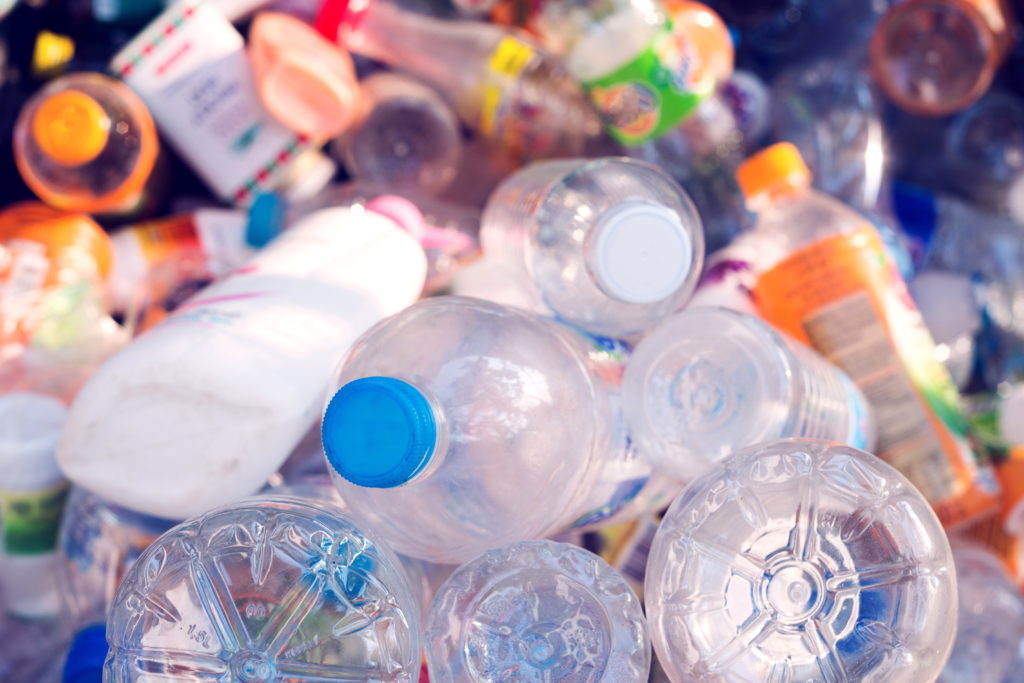Research has revealed that around 2.2 million tonnes of packaging is used and thrown away every year in London, equivalent to almost 250kg per person.

According to the findings in ‘London’s packaging footprint’, only a small proportion gets recycled – more specifically, only 44% for household waste and 33% for commercial waste.
The report from ReLondon, Valpak and WRAP, due to be launched during London’s seventh annual Circular Economy Week, details the emissions created by packaging and traces the flows and volumes of packaging including plastic, paper, card, glass, metals and wood.
The report also shows that packaging used in the capital has a carbon footprint equivalent to half of its transport emissions. Plastic packaging was found to be the biggest contributor to this, responsible for around 1.9 million tonnes of CO2eq a year to London’s carbon footprint.
While visitors to the city account for 30% of consumer packaging use in London, they account for 55% of packaging thrown away in street bins as well as hotels, restaurants and offices.
Levers for change
The research uses material flow analysis methodology to measure the climate impacts of packaging use at a city level. The methodology shows those impacts through a “consumption lens”, exposing the whole lifecycle impacts of packaging, rather than just its production-related emissions.
This is vital for big cities as they are net importers of products and services, underlined by the fact that 76% of greenhouse gas emissions associated with London’s packaging supply chain is said to have already been produced by the time the packaging leaves the factory gate, before it is filled with product.
The next largest source of emissions is the incineration of packaging waste – mainly plastic – which contributes to 20% of London’s packaging emissions.
The report has identified three possible levers for change:
- Increasing recycled content in plastic packaging by up to 60%, which could result in a 7.8% reduction in emissions
- Reducing or eliminating excess packaging through (for instance) reuse and refill schemes, or removing fruit and vegetable packaging – resulting potentially in a 5.8% reduction in emissions for the packaging categories considered in the report
- Increasing collection and recycling rates to 70% for packaging overall, and 55% for plastic packaging specifically, leading to a 9.1% reduction in emissions
ReLondon and its partners have called for organisations involved in the design, production, distribution, sales and processing of packaging to help inform next steps for London.
‘Crucial’ reductions
Wayne Hubbard, CEO of ReLondon, said: “The transition to a low carbon circular economy provides a real opportunity to reduce our emissions, make our economy more resilient and promote growth in more sustainable and circular business models.”
Mete Coban, deputy mayor for environment and energy, said: “The use of some types of packaging poses significant environmental challenges, and London is already working hard to tackle this issue.
“This report provides valuable new insights into how packaging contributes to our city’s waste and climate footprint and will help us develop new approaches and expand existing ones. It is crucial to reduce single-use packaging by eliminating packaging we don’t need and scaling up reuse models, as well as increasing the recycled content in packaging.
“These priorities, alongside a focus on improving packaging collection and recycling rates, will support London to become a low carbon, zero-waste city as we work to build a greener, fairer city for everyone.”